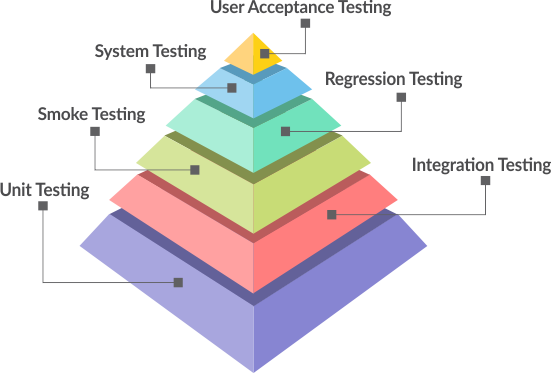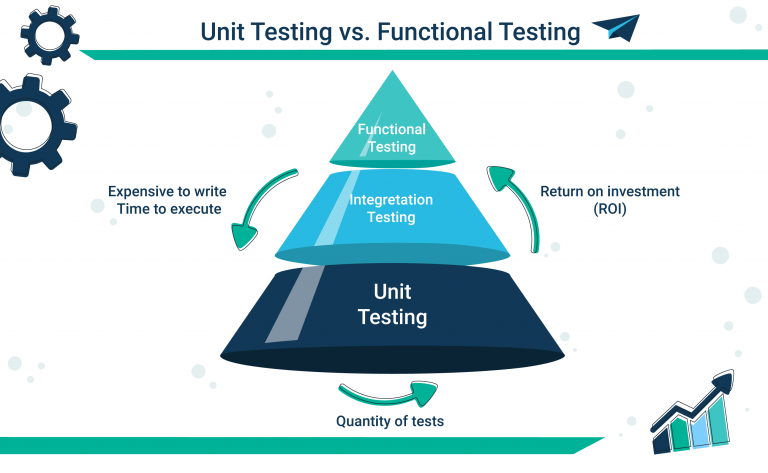1. What is Unit Testing?
Unit Testing is a type of software testing to test each unit or function. This is the activity performed during software development by dev or QA. The main goal of unit testing is to isolate the written code to test and determine if it is working as intended.

Unit Testing is an important step in the software development process, because if done properly, it can help in early detection of bugs in the code which may be harder to find in later stages of testing. .
This testing method is also the first level of software testing, performed before other testing methods like integration testing. Unit tests are usually segregated to ensure a unit does not rely on any external code or functionality. Testing can be done manually but is often automated.
2. How does Unit Testing work?
Unit Testing is performed using the White Box Test method. A Unit Testing process usually consists of three phases: Planning, forecasting possible cases, scripting and unit testing. In the first step, Unit Testing is prepared and reviewed. The next step is that the test cases and scripts will be executed, then the code will be tested. This requires developers to first write failed unit tests. Then they code and refactor the application until testing is completed.

After all the units in a program are found to be working in the most efficient and error-free manner, the larger components of the program can be evaluated using an integration testing approach. Unit Testing should be done regularly and can be done manually or can be automated.
3. Manual or Automated Unit Testing?
Although you can do it manually, test automation is the more common and faster method. Automated approaches often use test frameworks to develop test cases. In addition, test automation makes it easy to flag and report any failed test cases and provides a summary of test cases.
4. Role of Unit Testing in Software Testing
4.1. Make the process agile
One of the main benefits of Unit Testing is that it makes the coding process faster. As you add more and more features to a piece of software, sometimes you need to change old designs and code. However, changing the tested code is risky and expensive. If you already have Unit Tests in place, you can easily refactor.
4.2. Improve code quality
Unit Testing identifies any possible defects before the code is submitted further for integration testing. Building unit tests before writing actual code will make you build and improve code quality.
4.3. Early detection of bugs
Problems are often found at an early stage. Since Unit Testing is done by developers who test the code individually before integration, problems can be detected very early and can be resolved from there without affecting the components. other of the code. This includes bugs in the dev implementation and errors or missing parts of the device specification.

4.4. Facilitating changes and simplifying integration
Unit testing allows the developer to refactor the code or upgrade the system library later and ensure that the module still works correctly. Unit testing detects changes that can disrupt the original plans, reduce defects in newly developed features, or reduce errors when changing existing functionality.
In addition, Unit Testing verifies the correctness of each unit. Then the units are integrated into a software by testing parts of the software through Unit Testing. Testing the software later in the integration is easier since there is already verification of the individual units.
4.5. Provide documents
Unit Testing provides documentation about the system. Developers who want to learn what functionality is provided by a unit and how to use it can look at Unit Tests to get a basic understanding of that unit's interface (API).
4.6. Debugging Procedure
Unit Testing simplifies the debugging process. If the test fails, then only the latest changes made in the code need to be debugged.
4.7. Reduce costs
Since bugs are detected early, unit testing helps to reduce the cost of fixing bugs. Bugs discovered earlier are easier to fix because later bugs are often the result of multiple changes and you don't really know which bug caused the bug. The cost will be greatly increased to find the source of the cause.
Thanks for reading !!!




